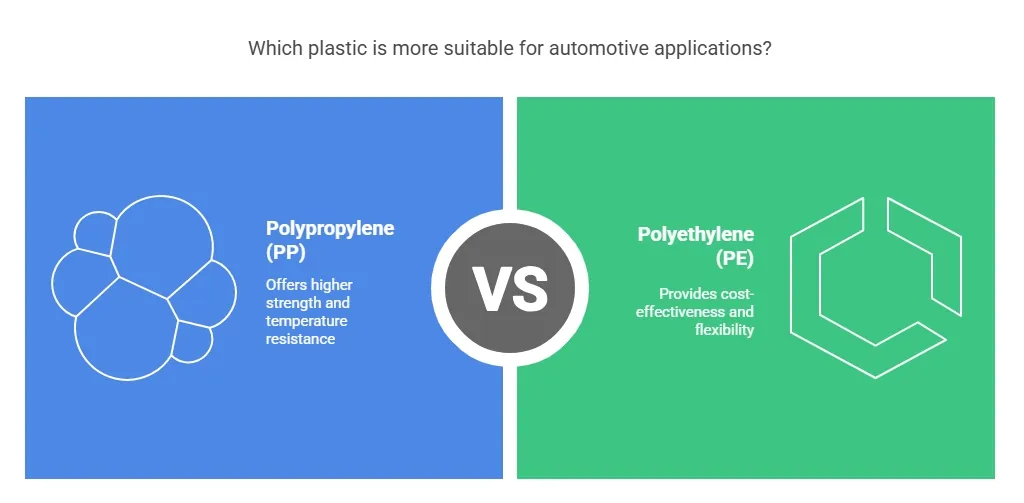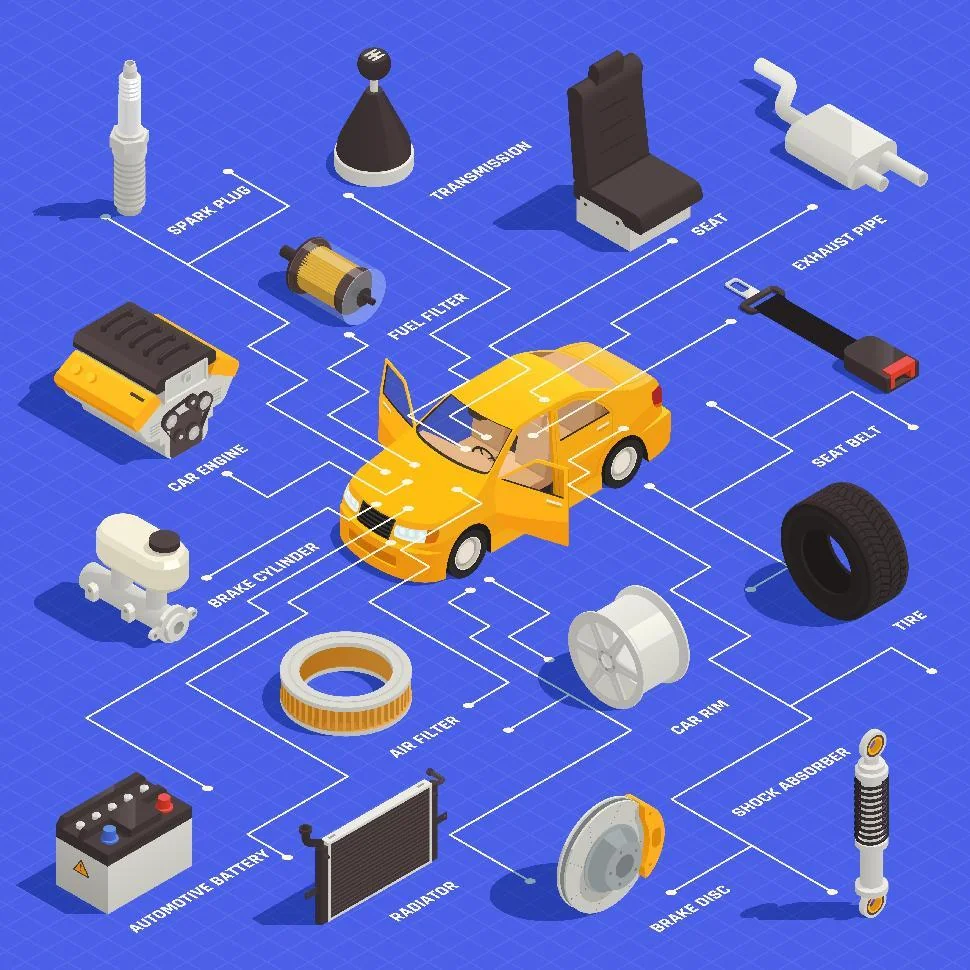When it comes to the production of different parts and products, plastic injection molding is usually the preferred method especially when it comes to the making of prototypes. But the technique is quite costly and takes a lot of time.
So, having a clear comprehension of when to use a specific manufacturing technique that will prove full value for your money, when it comes to rapid prototyping is usually suitable for small and medium production hence it’s quite possible to gain huge advantages from rapid plastic injection mold tooling.
In the manufacturing scene, we usually talk about rapid tooling and prototype molds, but the latter comes with a wide range of benefits that will complement the tools and techniques of production.
For this post, we are going to highlight some of the benefits and limitations of the prototype mold tech which will allow you to make a wise and informed choice.
Table of Contents
ToggleConcept and definition
Just as the name suggests, prototype mold is mainly used in the rapid production of prototypes. The technique was specifically designed to produce samples in a quick and efficient matter within the shortest period possible while still adhering to the set-out budget.
The prototype mold tech is mostly preferred to silicone mold as it comes with a host of industrialization benefits.
Benefits of prototype molds
Limiting the concept of risk
Most of the injection prototype molds are usually made from a soft metal alloy or aluminum, this greatly reduces risks associated with manufacturing. These specific raw-materials are much easier to machine compared to metals.
This mere fact makes it simple to make modifications and adjustments to the cavities if needed. The flexibility that comes with prototype molds is a huge advantage.
Accelerating proof of concept
The mold manufacturing process will be fast-tracked with the use of the right technique and material parts that are to be produced in the shortest time. This is normally between 2-4 weeks, depending on the complexities of the cavities, its mostly 20-40% than most machines and 5-10 times faster when it comes to polishing than the steel molds.
Reduces financial risk
Plastic injection molding is one of the costliest techniques when it comes to prototyping, going for prototype mold production will significantly reduce your initial investment enabling you to produce more than a thousand parts, this is more affordable and economical.
Limitations of prototype mold
Expensive prototyping tech
The manufacturing of a prototype mold is less costly compared to a series mold, but still, the initial investment is always slightly higher compared to other forms of technologies currently on the market.
The cost of skilled and technical labor plus equipment is higher, additionally, there is also the cost of injection materials.
Takes time
Prototype molding is a bit quicker compared to standard injection molding, it’s still long or takes time compared to other prototyping techniques as there will be mold manufacturing as well as injection of parts. There are other quicker prototyping technologies such as vacuum casting, SLA, and 3D printing just to mention a few.
Prototype mold technology will bridge the gap between prototyping and mass-production stages, thus making the transition seamless, easier and faster.







